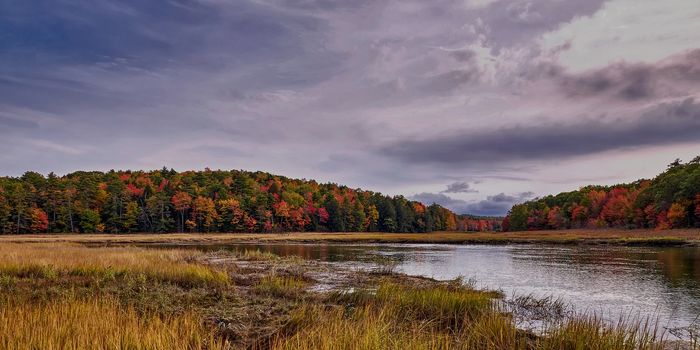Uber white paint improves passive daytime radiative cooling
A report published in the journal Joule describes an innovative paint that is capable of reflecting up to 98% of solar heat. This paint builds on previous models of white “cool-roof” paints that are designed to reduce cooling costs on buildings and lower indoor temperatures. More effective than standard cooling paints, this super white paint from UCLA materials scientists could help cut carbon dioxide emissions from air conditioners via passive daytime radiative cooling.
Passive daytime radiative cooling refers to the process by which a surface reflects sunlight and radiates heat into space, thus cooling down to potentially sub-ambient temperatures. The principal investigator on the study, Aaswath Raman, an assistant professor of materials science and engineering at UCLA Samueli School of Engineering, explains the phenomenon, saying:
"When you wear a white T-shirt on a hot sunny day, you feel cooler than if you wore one that's darker in color -- that's because the white shirt reflects more sunlight and it's the same concept for buildings," "A roof painted white will be cooler inside than one in a darker shade. But those paints also do something else: they reject heat at infrared wavelengths, which we humans cannot see with our eyes. This could allow buildings to cool down even more by radiative cooling."
Watch the video below to learn more about how this process works.
This newly developed paint is significantly more effective than the best performing white paints currently available, which are able to reflect up to 85% of incoming solar radiation. The researchers were able to improve the effectiveness of the paint by modifying the ingredients and replacing titanium oxide with barite and polytetrafluoroethylene (Teflon).
"The potential cooling benefits this can yield may be realized in the near future because the modifications we propose are within the capabilities of the paint and coatings industry," said co-corresponding author Jyotirmoy Mandal.
"We hope that the work will spur future initiatives in super-white coatings for not only energy savings in buildings, but also mitigating the heat island effects of cities, and perhaps even showing a practical way that, if applied on a massive, global scale could affect climate change," said Mandal, who has studied cooling paint technologies for several years. "This would require a collaboration among experts in diverse fields like optics, materials science and meteorology, and experts from the industry and policy sectors."
Sources: Joule, Science Daily









